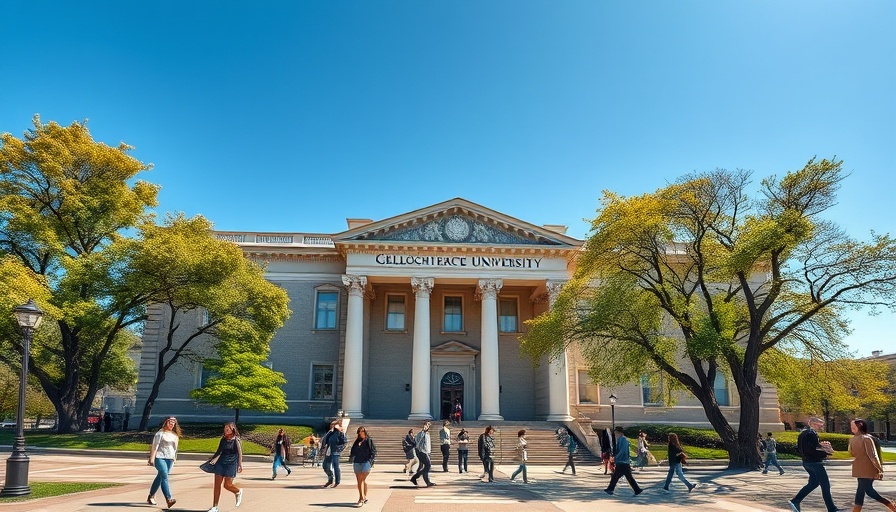
California Dreaming: UC Welcomes More Residents but Selectivity Persists
The University of California (UC) system has recently made headlines by admitting more California residents for the fall term than in the previous year. However, it appears that the most prestigious campuses—like Berkeley and UCLA—are still keeping their doors slightly ajar, rather than wide open, for in-state applicants. In total, the UC system welcomed 149,368 first-year students, with 100,947 of those being Californians—an impressive 7% increase compared to fall 2024.
A Shift in Admission Rates
This year's numbers tell a multifaceted story of growth. The increase has been particularly evident at campuses such as Merced and Riverside, which each saw rising admission rates: Merced welcomed 72% more Californians and Riverside accepted 46% more. Yet, the highly sought-after spaces at campuses like Berkeley and UCLA saw declines by about 8% and 2.4% respectively, raising questions about the UC system's commitment to meeting the educational needs of local communities.
Who’s Getting Accepted?
While the overall admission rates for Californians rose to 77%, the share of accepted students from diverse racial groups also increased—a silver lining in an otherwise competitive landscape. As reported, Black, Latino, Asian, and white students all saw gains in acceptance, echoing the UC’s aim for greater racial equity. This diversification is a positive step toward inclusive education—an essential part of a community that values every Californian's potential.
More Out-of-State and International Students
Interestingly, the UC system has also expanded its reach beyond state borders. A notable 9% increase in admissions to out-of-state students was documented, alongside a significant surge in international students—3,263 more admissions than last year, marking a 17% jump. This opens the gates to a broader array of experiences and perspectives on campus, but what does it mean for local applicants? While diversity in student backgrounds is a plus, it can also prompt feelings of unease among homegrown talent aspiring to secure their place in California’s top universities.
Investments in California's Future
No doubt, California lawmakers are watching closely. In exchange for increased state budget support, the UC system committed to providing more spots for Californian students. However, it’s worth noting that this year’s funding bump has been deferred and will be processed in the future. President Michael V. Drake emphasized that “growing admission numbers indicate that Californians appreciate the value of a UC degree.” With the increasing competition, these institutions must ensure they maintain their commitment to local students, reinforcing the idea that education is a pathway to long-lasting community benefits.
A Path Forward
As the University of California navigates these changes, it’s essential to remember the impact this has on families and communities across California. The excitement and anxiety of college admissions mix as students from different backgrounds vie for a spot. For many families, a UC education is a dream rooted in pride and hope. The challenge ahead lies in ensuring that opportunities are extended without compromising the quality of education or the unique character that each campus embodies. By intertwining the growth of out-of-state and international admissions with a commitment to inclusivity and local engagement, UC can foster a future where all students thrive.
 Add Row
Add Row  Add
Add 




Write A Comment